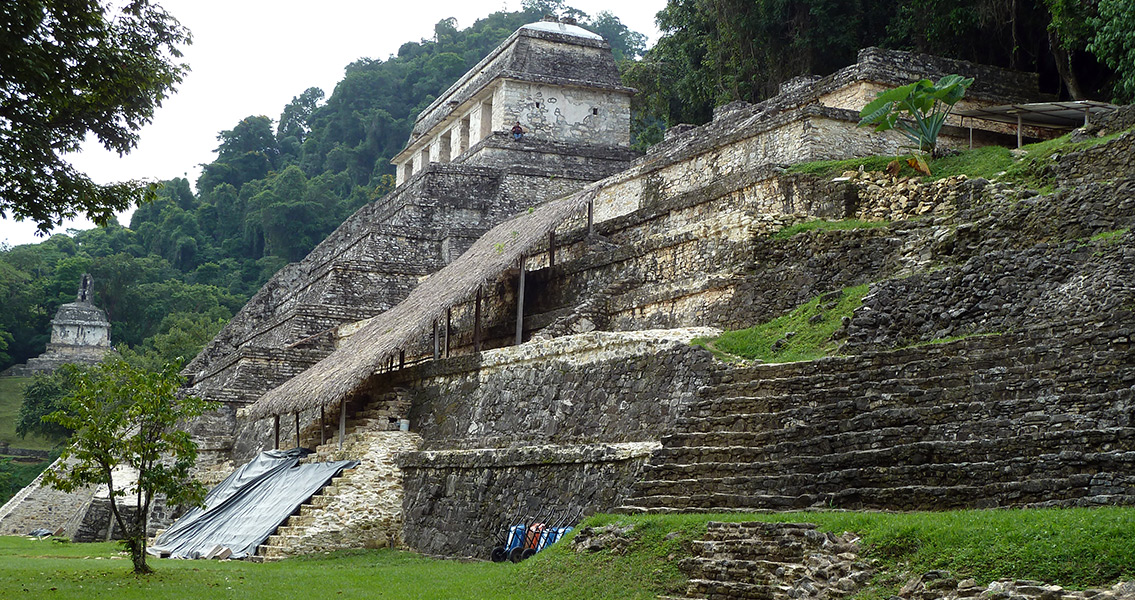<![CDATA[The hieroglyphs on an ancient tomb dating back to a Maya king discovered in Mexico have finally been deciphered, revealing the name of the man buried within more than six decades after the tomb's initial discovery. The sarcophagus lid of K'inich Janaab' Pakal, the king buried within the tomb, was found to have been decorated by classic Maya iconography – and these hitherto undecipherable hieroglyphs have led to long-running controversies in the past. The markings on the tomb were unreadable up until recently, but thanks to the efforts of Guillermo Bernal and his team of researchers from the National Autonomous University of Mexico, the secret has finally been unraveled. Bernal found that a particular pictogram, one that resembled the molar of a jaguar, was linked to a similar one found elsewhere that means “edge”, as in the sharpened edge of a weapon such as a spear. When placed in context with the rest of the hieroglyphs within the tomb, the translation became clear: “House of the Nine Sharpened Spears,” which is a direct reference to the nine warriors depicted in Maya iconography on the sides of the tomb. King Pakal was one of the most successful Maya ever to rule the kingdom of Palenque, located in southern Mexico just west of the Yucatan Peninsula. Reigning for nearly seventy years – an unprecedented stretch among the Maya and the 28th longest reign ever recorded around the globe – Pakal presided over the kingdom for the majority of the seventh century BCE until his death in around 683. The ruins of Palenque are considered to contain some of the most advanced examples of Maya art and architecture, even though the city-state itself is smaller than more major archaeological finds such as Chichen Itza; much of the most noteworthy construction was overseen during Pakal’s reign, according to the archaeological record. The new discovery of the actual content of the inscription on Pakal’s sarcophagus may not do much to discourage some archaeologists who subscribe to the so-called “ancient astronaut” theory. Since the tomb’s discovery in 1948 by Alberto Ruz Lhuillier, some have pointed to the iconography on the sarcophagus lid as pictorial evidence of ancient civilizations being visited by extraterrestrial entities. In the case of Pakal’s tomb, ancient astronaut theorist Lhuillier pointed towards the similarity between some of the stone carvings and modern rockets, in a book published just two decades after the tomb’s discovery. While the majority of archaeologists and researchers have dismissed the possibility of the carvings in Pakal’s tomb having anything to do with visits by extraterrestrials, the ancient astronaut theorist community has yet to admit defeat. However, the new translation of the hieroglyphs on King Pakal’s sarcophagus, and the lack of any otherworldly origins, may have finally placed the final nail in the coffin – at least when it comes to whether or not the ancient Maya king was being influenced by non-human entities. Image courtesy of Wikimedia Commons user: Rob Young (United Kingdom) ]]>
Hieroglyphs on Ancient Maya Sarcophagus Deciphered
